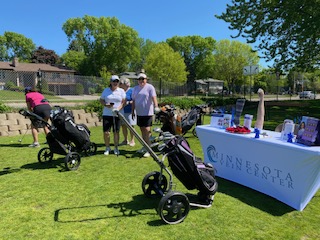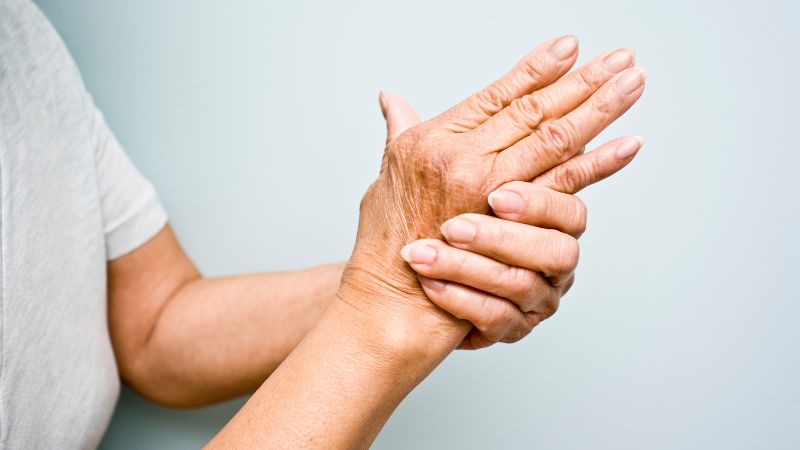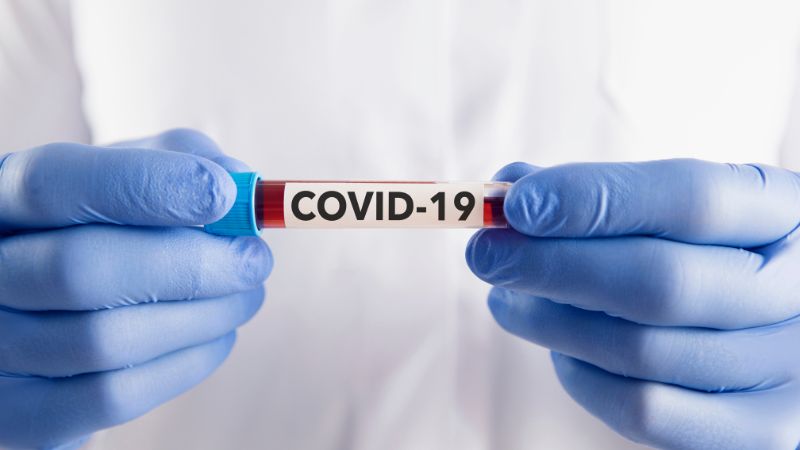
Minnesota Vein Center Supports Survival to Strength
This year (May 2023) Minnesota Vein Center participated as a sponsor for the 3rd Annual Golfing Fundraiser for the non-profit organization, Survival2Strength. The event featured

This year (May 2023) Minnesota Vein Center participated as a sponsor for the 3rd Annual Golfing Fundraiser for the non-profit organization, Survival2Strength. The event featured

Individuals who undergo major orthopedic surgery such as total hip and total knee arthroplasties, are at risk of developing blood clots in the operated leg

Deep venous thromboses (blood clots) form in the deep veins of the legs in approximately 1-in-1000 people in the United States. Anyone can develop a

Minnesota Vein Center was featured in a Woodbury Magazine article about the opening of the new Woodbury Clinic in July 2022. Read the full article

Fall is a great time to hit the trail for a hike or bike ride. If you’ve been putting off getting your legs examined due

Fall is a great time to hit the trail for a hike or bike ride. If you’ve been putting off getting your legs examined due

WELCOME! Minnesota Vein Center is very pleased to announce Henna Kalsi, MD as Medical Director/ Practicing Physician of MVC. She is board certified in Vascular

Your body is designed to move. When you sit too long every day, even a good workout cannot counteract the ill effects. Most adults in

Varicose and spider veins have many associated symptoms. Most people realize their legs ache or feel heavy, but varicose veins and spider veins also can

Update: Due to the April 13, 2020 Extended Emergency Executive Order 20-35 from Governor Walz , all MVC scheduled visits and procedures have been postponed through

Due to the March 25th Stay-At-Home Executive Order from Governor Walz , all MVC scheduled visits and procedures have been postponed through mid April. Minnesota

Minnesota Vein Center has awarded Maria Diaz of Plano Illinois, the Healthy Living Scholarship award monies – Spring 2020. Maria is a Freshman student at